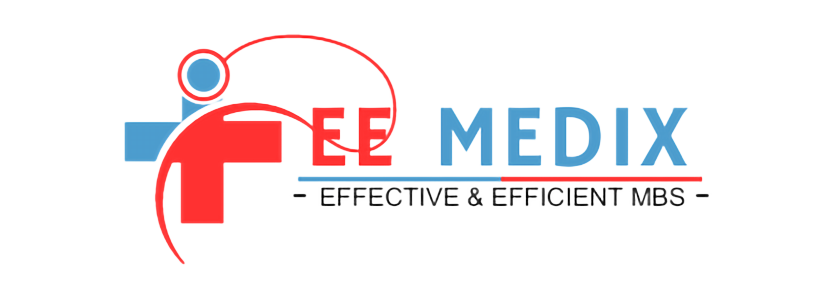In the ever-evolving landscape of healthcare, the efficient management of patient information is paramount. Electronic Medical Records (EMR) software emerged as a crucial tool, revolutionizing the way medical data is stored, accessed, and utilized. In this comprehensive guide, we delve into the intricacies of electronic medical records software, shedding light on its functionalities, the most widely used systems, essential software components for Electronic Health Records (EHR), and exemplary EMR systems.
Understanding Electronic Medical Records Software
Electronic Medical Records (EMR) software is a digital version of paper charts containing patients’ medical history, diagnoses, medications, treatment plans, immunization dates, allergies, radiology images, and laboratory test results. Its primary purpose is to streamline healthcare workflows, enhancing overall patient care quality.
What is the Electronic Medical Records Software?
EMR software serves as a centralized repository for patient information, facilitating seamless communication among healthcare providers. It eliminates the need for physical record-keeping, reducing errors and improving accessibility to critical medical data.
Most Used EMR System: Unveiling the Leader
Epic Systems Corporation stands out as the most widely used EMR system in the healthcare industry. Renowned for its robust features, Epic Systems has become synonymous with efficiency and innovation. Hospitals and healthcare institutions across the globe rely on Epic to manage patient records, streamline billing processes, and enhance overall operational efficiency.
What is the Most Used EMR System?
Epic’s comprehensive suite of tools, catering to the diverse needs of healthcare providers, establishes its dominance in the market. From electronic prescribing to seamless integration with other healthcare systems, Epic has set the standard for EMR excellence.
Software Needed for EHR: Essential Components
When considering Electronic Health Records (EHR), a broader system encompassing a patient’s entire medical history, several crucial software components come into play.
What Software is Needed for EHR?
- Patient Management Software: This component ensures accurate and up-to-date patient demographic information, enabling healthcare providers to deliver personalized care.
- Clinical Documentation Software: Facilitating the creation and storage of comprehensive patient records, clinical documentation software is pivotal for maintaining a detailed medical history.
- Interoperability Software: Seamless communication between different healthcare systems is achieved through interoperability software, ensuring data exchange without hindrance.
- Data Security Software: Protecting patient information is non-negotiable. Robust data security software safeguards sensitive medical data from unauthorized access or cyber threats.
Exemplary EMR: A Closer Look
One exemplary Electronic Medical Records system that has garnered acclaim is Cerner Corporation’s PowerChart. Known for its user-friendly interface and customizable features, PowerChart offers healthcare providers a versatile platform to manage patient information efficiently.
What is an example of an EMR?
Cerner’s PowerChart stands out for its scalability, making it suitable for practices of all sizes. Its integration capabilities, coupled with advanced clinical decision support, empower healthcare professionals to make informed decisions in real time.
In conclusion, Electronic Medical Records Software plays a pivotal role in reshaping healthcare delivery. As the industry continues to embrace digital transformation, staying abreast of the most used EMR systems, essential EHR software components, and exemplary examples such as Cerner’s PowerChart becomes paramount for healthcare providers aiming to optimize patient care.
FAQs – Addressing Your Queries
1. What distinguishes EMR from EHR?
Electronic Medical Records (EMR) focus on individual patient records within a single healthcare organization, while Electronic Health Records (EHR) encompass a patient’s entire medical history, aggregating data from multiple sources.
2. Is Epic Systems suitable for small healthcare practices?
Yes, Epic Systems provides scalable solutions, catering to the needs of both large healthcare institutions and smaller practices.
3. How does EMR software enhance patient care?
EMR software streamlines workflows reduces errors, and improves accessibility to critical medical data, leading to more efficient and personalized patient care.
4. What security measures are in place for protecting patient information?
Robust data security software is employed to safeguard sensitive medical data, ensuring protection against unauthorized access and cyber threats.

